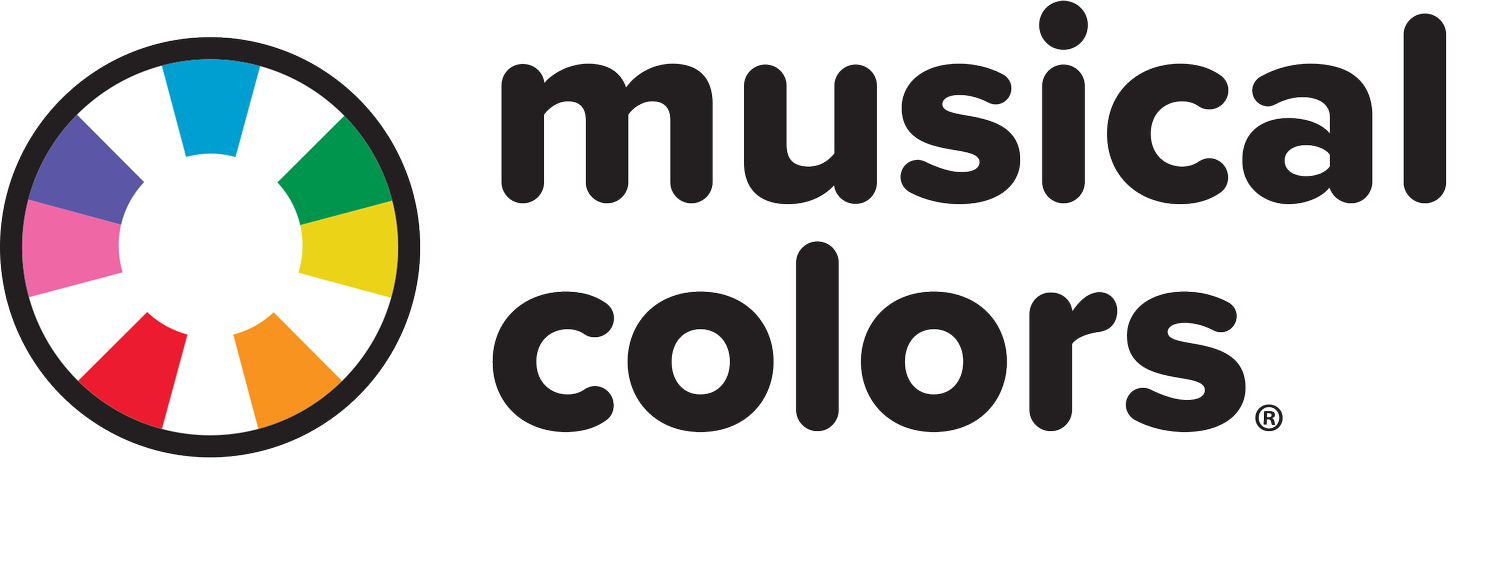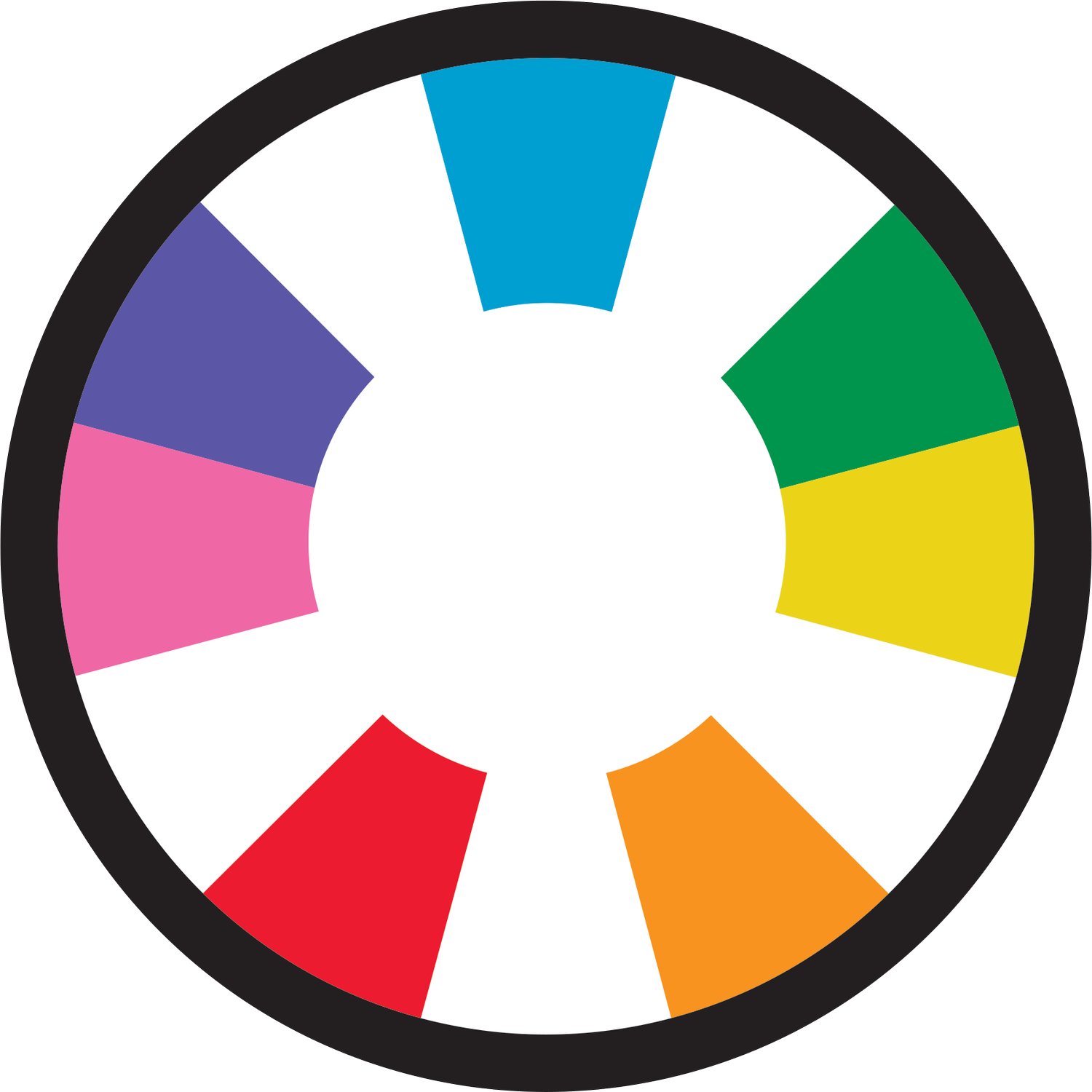Master the Simplest Guitar Chords in 7 Days: A Step-by-Step Guide
Starting your guitar journey can be exciting but also a bit intimidating. The fretboard may seem like a labyrinth and figuring out where to begin often feels overwhelming. However, learning the basics of guitar chords doesn’t have to be daunting. With a little structure, the right tools, and a step-by-step plan, you can master the simplest guitar chords in just seven days.
This is where Musical Colors, a revolutionary color-coded learning system, comes in to make your learning journey easier and more fun. By combining color-coded fretboard sticker guides with a comprehensive set of online tutorials and resources, Musical Colors offers beginners a clear path to progress quickly and confidently.
Why Start with the Basics of Guitar Chords?
Chords are the foundation of playing the guitar. They’re the building blocks of countless songs and an essential part of any guitarist’s skill set. For beginners, starting with basic chords like G Major, C Major, D minor, and A minor sets the stage for understanding how chords work and how they form the basis of musical harmony.
The problem for many beginners is that the fretboard can be confusing, and memorizing chord shapes takes time. Musical Colors solves this problem by providing a visual learning system that simplifies the fretboard with color-coded guides.
Day 1: Getting Familiar with the Fretboard
On the first day, start by installing Musical Colors fretboard sticker guides on your guitar. The system uses the seven colors of the spectrum to represent the seven natural notes in music:
C = Green
D = Blue
E = Indigo
F = Violet
G = Red
A = Orange
B = Yellow
Sharp and flat notes are represented as pairs of the two natural note colors which are adjacent. For example, C sharp/D flat is green/blue, while G sharp/A flat is red/orange. These stickers turn your fretboard into a color-coded map, making it easy to locate notes and build chords. Spend the first day exploring the fretboard and becoming familiar with the color system.
Day 2: Understanding Simple Chord Shapes
On Day 2, begin learning the shapes of basic open chords. These chords are beginner-friendly and are the most commonly used in songs. Focus on the following:
G Major (Red, Yellow, Blue)
C Major (Green, Indigo, Red)
D minor (Blue, Violet, Orange)
E minor (Indigo, Red, Yellow)
Using the Musical Colors guide, identify the notes of each chord. For example, G major includes G (Red), B (Yellow), and D (Blue). This visual approach helps you see the relationship between notes and chords, making it easier to remember shapes.
Day 3: Practicing Transitions
Learning chords is only half the battle; the real challenge is transitioning between them smoothly. Spend Day 3 practicing transitions between two chords, such as G Major to C Major or D minor to E minor.
Musical Colors video tutorials at www.musicalcolors.com provide step-by-step guidance to help you practice transitions effectively. The visual connection between colors on the fretboard and chords makes transitions intuitive, reducing the learning curve.
Day 4: Building Confidence with Strumming Patterns
Now that you’re comfortable with basic chords and transitions, it’s time to add rhythm. Start practicing simple strumming patterns, such as downstrokes and alternating down-up strokes. This integration helps you build confidence and rhythm as you practice.
Day 5: Playing Your First Song
By Day 5, you’ll be ready to play your first song! Choose a simple song with two or three chords which you gravitate towards and make them your own. In this way, you can begin to be creative so that your own inner music begins to come out of you.
Using the Musical Colors system, follow the chord shapes and focus on smooth transitions. The color-coded fretboard makes it easy to locate the notes for each chord, and the chord card resources on the website provide an excellent visual reference.
Day 6: Exploring New Chords
Expand your chord repertoire by learning a few more beginner chords, such as A minor and F Major. Experiment with combining these new chords with the ones you already know.
The color-coded chord cards from Musical Colors show you the exact notes and colors for each chord, helping you understand their structure. This visual reinforcement makes learning new chords feel natural and approachable.
Day 7: Putting It All Together
On the final day, review everything you’ve learned. Practice transitioning between all the chords you’ve learned, experiment with different strumming patterns, and try playing another simple song that you create.
By now, you’ll have built a solid foundation in the basics of guitar chords. With Musical Colors, the process is faster and more engaging because the visual system helps you internalize the fretboard and chords in a way that traditional methods often cannot.
Beyond the Basics: Continuing Your Journey
Your seven-day journey is just the beginning. Musical Colors provides a wealth of resources to help you continue learning as well as a Musical Colors Playground which you can join to get one on one help with a professional Musical Colors tutor and a no cost Notes Playbook Guide. Explore online video tutorials for scales, advanced chords, and even songwriting tips. Whether you’re learning the guitar, piano, violin, ukulele, or another instrument, the Musical Colors Visual Music System can support your growth.
Why Musical Colors Works
Musical Colors isn’t just a product; it’s a complete system designed to make music theory accessible and enjoyable. By combining color-coded guides with video tutorials and chord cards, it bridges the gap between abstract theory and practical application.
The system is perfect for anyone—from beginners to experts, educators to parents, and students to self-taught musicians. It transforms the learning process into an engaging, visual experience that empowers learners to reach their goals faster.
Discover the Musical Colors difference and start your journey at www.musicalcolors.com. With tools that simplify learning and inspire creativity, you’ll be amazed at how quickly you can master the basics of guitar chords—and beyond!

